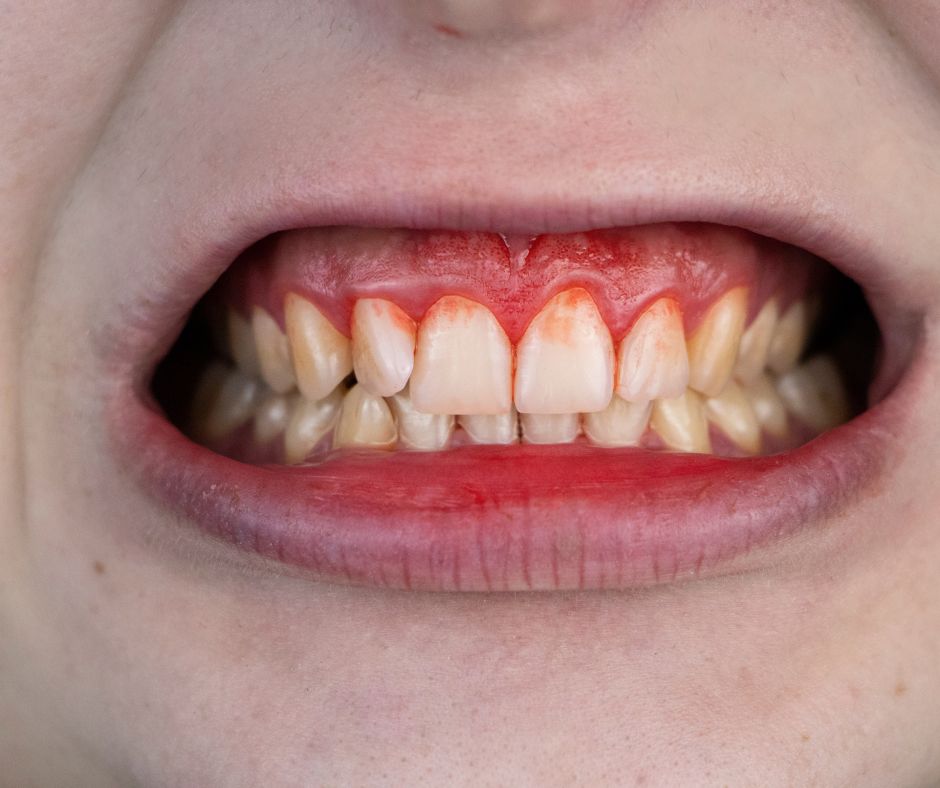
What Are The Causes of a Gummy Smile?
Have you ever noticed that your upper lip rises higher than normal when you smile? If so, then you may be one of the many people who suffer from a “gummy smile.” While it’s usually not something too noticeable at first glance, having a gummy smile can cause feelings of shyness or even embarrassment. Fortunately, treatments are available to correct this condition – but what causes it in the first place?
In this blog post, we’ll take an in-depth look at the various causes and symptoms associated with gummy smiles and explore some possible solutions. Keep reading to find out more about why your smile might be looking extra “gummy”!
You may not be happy with your smile if it’s “gummy.” Technically called an excessive gingival display, a gummy smile might be making you feel self-conscious about your appearance. While there’s no set definition of what’s “too much” of your gums showing, the consensus is that your smile shouldn’t reveal more than about one-eighth inch of gums.
If you’re showing more of your gums than that, you’re not doomed. Several possible solutions can make your smile more aesthetically pleasing by focusing more on your teeth and less on your gums.
What Causes a Gummy Smile?
A number of conditions can cause a gummy smile. The most common factors include:
- The size and shape of your teeth
We all hope we’re lucky enough to have pleasantly shaped and sized teeth, but many of us aren’t. If your teeth have unusual shapes or sizes, they’ll appear more prominent, adding to a gummy smile.
- Upper lip and gum irregularities
The size and shape of your upper lip and gums are often determined by your genetics.
You can have a condition called gingival hypertrophy, which means your gums tissues are overly large and have a more prominent appearance. Or you can have a hyperactive upper lip, which exposes more of your gums when you smile.
- Certain medications
Some medications can cause more prominent gums. Some of these include calcium channel blockers, which treat hypertension; anticonvulsants, which prevent seizures; or immunosuppressants, which are used after an organ transplant.
You often don’t have much control over whether your gums are unusually prominent, but you can do something about it.
How to Treat a Gummy Smile
Gum rejuvenation is one of the most popular ways to treat a gummy smile. It can restore the health and appearance of your gums without the long recovery times commonly associated with other dental surgeries.
You may also consider getting Invisalign. This system of clear, custom, thermoplastic aligners is designed to move your teeth into a more pleasing position gradually. As an alternative to braces, it’s an excellent choice for many people,
You can also get veneers to lengthen the appearance of your teeth. Veneers are thin shells made of composite resin or porcelain, which are placed over your natural teeth.
However, because we have to file down a sliver of enamel off the front of your teeth to make room for the veneers, it’s considered a permanent solution. Most people can keep the same veneers for 5-10 years before needing to replace them.
